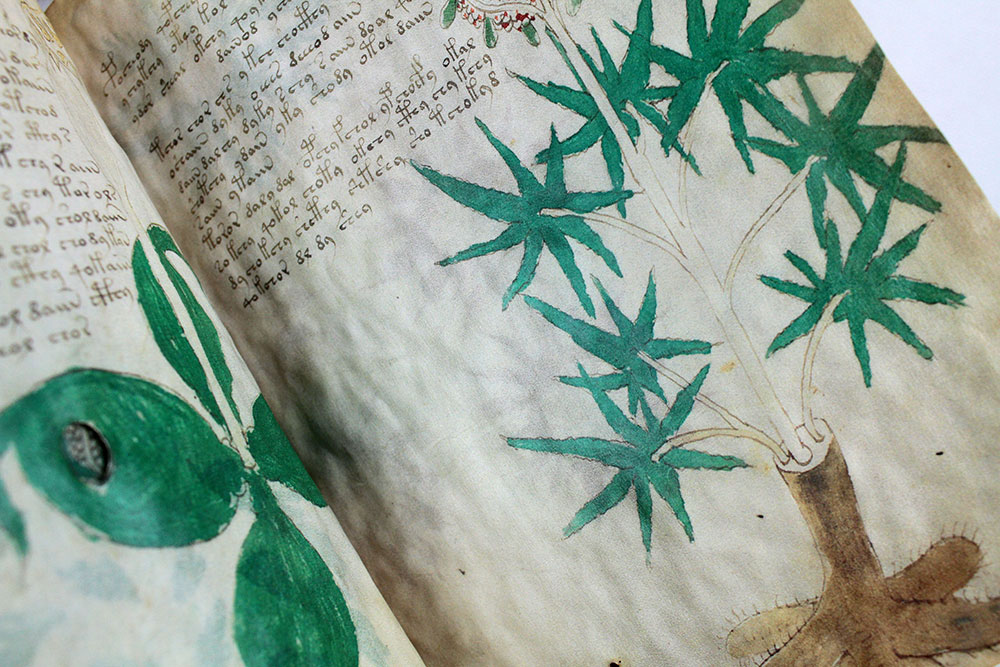

“I’ve seen suggestions that it’s encoding Arabic, Aztec, Roma, Latin, Italian.” Davis says people tend to study the “paleographic, forensic, and artistic evidence” to find a country of origin, and with that, a source language, but she adds that computational analysis is also used. “No one has ever made a convincing case for any particular language,” Lisa Fagin Davis, the executive director of the Medieval Academy of America and a keen Voynich scholar, tells The Verge. The problem is that hundreds of years of study have been unable to work out which language the Voynich manuscript was originally written in.

This is one of the simplest and most ancient types of codes, in which letters of an established alphabet are swapped for invented ones. Most assume that the manuscript is written in what’s called a substitution cipher. One of the many illustrations in the so-called “balneological” section, showing a number of nude women bathing in an unknown liquid. It looks like the map of an ancient water park, but scholars suggest it might be medical or alchemical in intent. Scattered throughout are illustrations of unidentifiable plants, astrological diagrams, doodles of castles and dragons, and a particularly odd section that shows naked women bathing in pools connected by flowing tubes. The script is comprised of roughly 25 to 30 individual characters (interpretations vary) written from left to right in a single, elegant hand. The 240-page Voynich manuscript is written in an unknown alphabet that’s never been seen before or since. It’s a claim that, if true, would be a glacier-sized break in an ice-cold case. In it, computer science professor Greg Kondrak and graduate student Bradley Hauer describe a method for finding the source language of ciphered texts, before turning that method on the manuscript itself, and deciding that it was originally written in Hebrew, before being encoded in its current form. The research that sparked the coverage is a paper named “ Decoding Anagrammed Texts Written in an Unknown Language and Script.” It was published in 2016, but it was presented at a conference last year and picked up by journalists earlier this month. It also emphasizes (if further emphasis were needed) that this manuscript is one extremely odd cookie. But understanding why this new research fails to “decode” the text, and what exactly it does add to the annals of Voynichology, has its own value. According to experts, the Voynich manuscript remains as inscrutable as ever. This is presumably why when newsrooms around the world had a chance this week to publish stories claiming it’d been “decoded by artificial intelligence,” they leapt at the opportunity.Įxcept, of course, it hasn’t.

It is a genuine, bonafide, world-class mystery.
#Voynich manuscript facsimile full#
It’s 600 years old, written in a language no one can read, and full of diagrams no one understands. If you were compiling a list of the world’s 100 oddest objects - just the weirdest stuff that human civilization has excreted over the millennia - then you’d have to leave room somewhere for the Voynich manuscript.


 0 kommentar(er)
0 kommentar(er)
